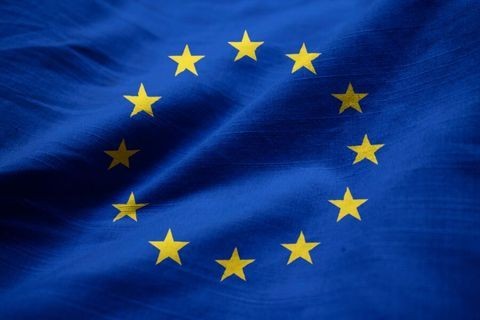SCOTUS Relaxes Definition of "Confidential" Commercial Information Exempt from FOIA
Client Alert | 1 min read | 06.25.19
The Supreme Court yesterday made it easier for the Federal Government to withhold from the public certain records that businesses want kept private. Under the Freedom of Information Act (FOIA), the Government ordinarily must make available information it receives from a private entity to members of the public who request it. But FOIA exempts from disclosure (among other things) any “commercial or financial” information that is “confidential.” For nearly half a century, following a 1974 decision by the D.C. Circuit in National Parks and Conservation Association v. Morton, courts held that information is “confidential” for purposes of that exemption only where its disclosure would result in “substantial competitive harm.” In yesterday’s decision in Food Marketing Institute v. Argus Leader Media, the Court rejected the National Parks test, noting that the plain language of FOIA makes no mention of “substantial competitive harm.” Instead, the Court held that information is “confidential” for purposes of this exemption so long as it is: (1) both customarily and actually treated as private by its owner, and (2) provided to the government under an assurance of privacy. That definition is substantially broader — and far easier to meet — than the one set out in National Parks.
Contacts
Insights
Client Alert | 14 min read | 12.22.25
European Commission Proposes Biotech Act to Boost Health Biotechnology in the EU
On December 16, 2025, the European Commission published its proposal for a regulation establishing a European Biotech Act to strengthen the EU's biotechnology and biomanufacturing sectors with a primary focus on health.
Client Alert | 11 min read | 12.22.25
European Commission Proposes Simplifying the Rules on EU Medical and In-Vitro Diagnostic Devices
Client Alert | 3 min read | 12.22.25
Second Circuit Expands District Court Review of Magistrate Judge Report and Recommendations
Client Alert | 2 min read | 12.19.25





